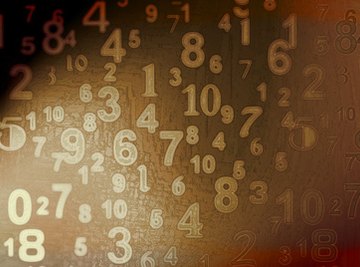
Multiplying fractions is essentially taking a fraction of a fraction. As an example, multiplying 1/2 times 1/2 is the same as taking a half of a half, which you might already know to be a quarter, or 1/4. Multiplication of fractions do not require the same denominator, or the bottom number of the fraction, like addition and subtraction does. Instead, you would simply multiply the denominators and the top numerators.
Write out the formula to easily see the equation and the necessary calculation. As an example, you might write:
4/5 x 5/6 = ?
Multiply the numerators together and then the denominators together. In the example, you would multiple 4/5 times 5/6 to get 20/30.
Reduce the fraction by factoring out common multiples. In the example, both numbers are divisible by 10, so you can divide them both by 10 and use the result -- 2/3.
About the Author
C. Taylor embarked on a professional writing career in 2009 and frequently writes about technology, science, business, finance, martial arts and the great outdoors. He writes for both online and offline publications, including the Journal of Asian Martial Arts, Samsung, Radio Shack, Motley Fool, Chron, Synonym and more. He received a Master of Science degree in wildlife biology from Clemson University and a Bachelor of Arts in biological sciences at College of Charleston. He also holds minors in statistics, physics and visual arts.
Photo Credits
Numbers image by paul hampton from Fotolia.com
